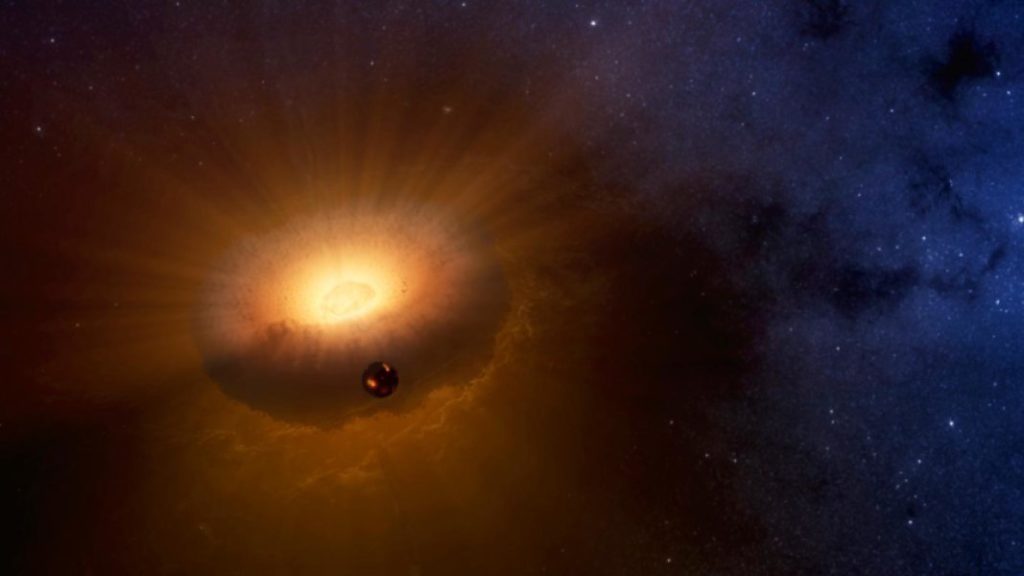A new explanation for the Moon’s origin has it forming inside the Earth when our planet was a seething, spinning cloud of vaporized rock, called a synestia. The new model led by researchers at the University of California, Davis and Harvard University resolves several problems in lunar formation and is published Feb. 28 in the Journal of Geophysical Research — Planets.
“The new work explains features of the Moon that are hard to resolve with current ideas,” said Sarah Stewart, professor of Earth and Planetary Sciences at UC Davis. “The Moon is chemically almost the same as the Earth, but with some differences,” she said. “This is the first model that can match the pattern of the Moon’s composition.”

